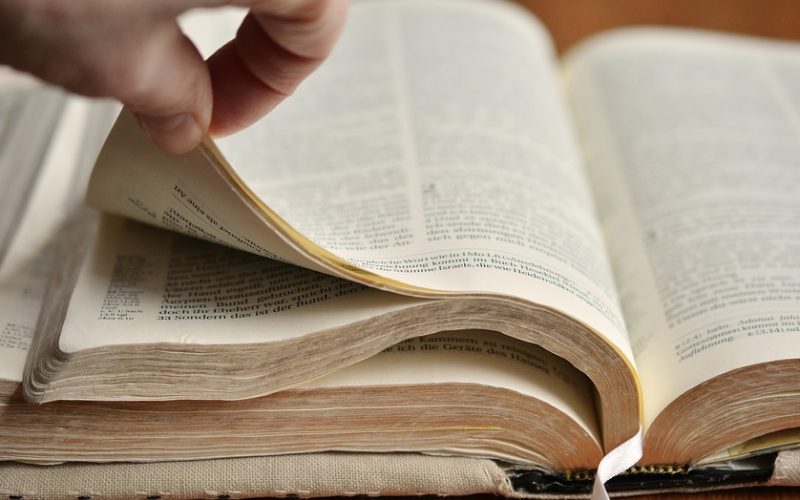There was a time when learning was not as prevalent as it is now, and modern students often find the Dark Ages as a time of interest to them. They see it at first as a time when students were not confined to classrooms, and there were no tests and homework to interrupt their daily lives. As a student becomes more interested in this period of history, they find that lack of schooling is not the boon they imagined, and they may find their interests shifting to the organizations that keep information alive through this troubling part of history.
Religious organizations in the world have always had a great responsibility, but the Dark Ages of Western history were a time when they expanded their work. While it was normally expected that the majority of people would never learn to read and write, education became even more restricted at that time. Keeping knowledge alive became the responsibility of monasteries and even some churches, and the information was hidden to keep it from being destroyed.
Looking back at history is often a time when students see the world as a place where ridiculous decisions were made, but learning about the causes of the decisions helps them understand their own world. Keeping as many people as possible from learning was a decision by leaders who believed it would solidify their power, but modern students are taught that spreading knowledge helps modern leaders rule better. The differences in thought are part of the knowledge that was handed down by religious institutions that were worked to maintain a base of knowledge in defiance of the beliefs of their time.
There are many reasons to study history, and even religious history can be an important part of modern learning. For students, the opportunity to understand how decisions affected people in the past can give them a good example of thinking through the consequences of the decisions they make today.















